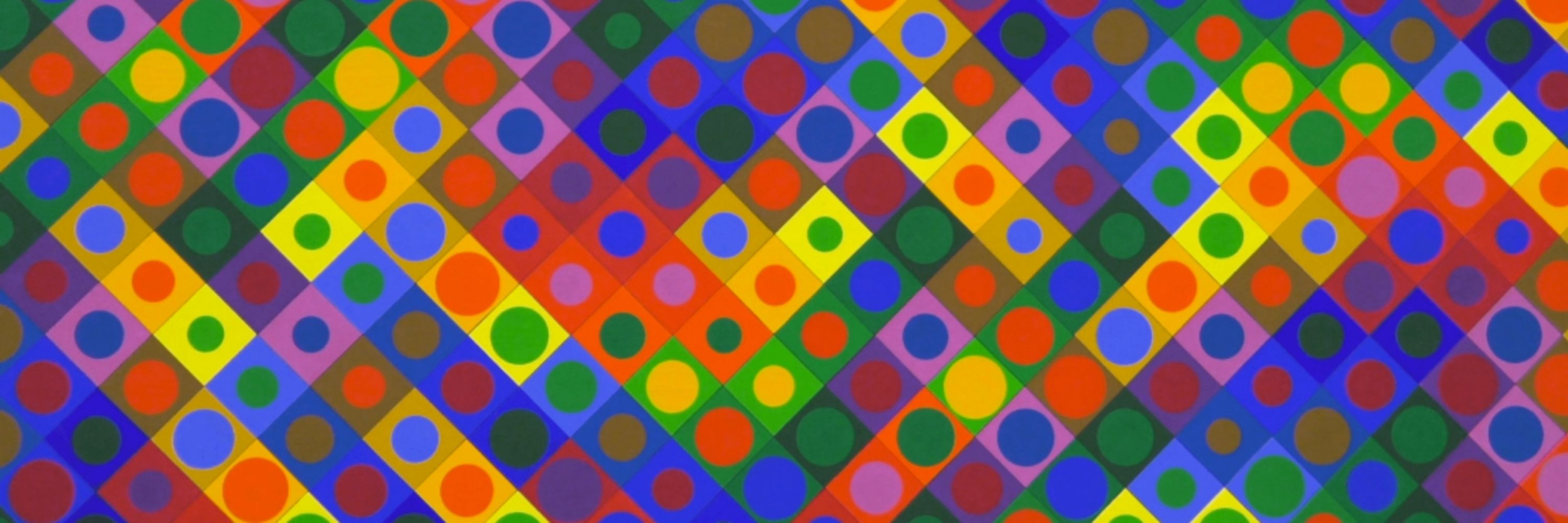
(INRAE, Paris Area, France)
#CellFree ⦁ #SynBio ⦁ #Bioengineering ⦁ #Microbiology
https://sites.google.com/view/olivierborkowski

We’re excited to share our latest paper on combining cell-free systems and machine learning to express full genome in vitro.
Check it out now! 👉 www.biorxiv.org/content/10.1...
Catch us at SEED in Houston this June to discuss this work.
#CellFree

www.nature.com/articles/s41...

www.nature.com/articles/s41...

doi.org/10.1073/pnas...


doi.org/10.1073/pnas...
@jordiplam.bsky.social shows how it follows a least action principle,letting physics do the job arxiv.org/pdf/2511.08531
@drmichaellevin.bsky.social @docteur-drey.bsky.social

@jordiplam.bsky.social shows how it follows a least action principle,letting physics do the job arxiv.org/pdf/2511.08531
@drmichaellevin.bsky.social @docteur-drey.bsky.social
pubs.acs.org/doi/10.1021/...

pubs.acs.org/doi/10.1021/...
doi.org/10.1038/s414...

doi.org/10.1038/s414...
pubs.acs.org/doi/10.1021/...

pubs.acs.org/doi/10.1021/...
doi.org/10.1101/2025...

doi.org/10.1101/2025...

www.trees-dla.ac.uk/projects/exp...
www.trees-dla.ac.uk/projects/exp...

doi.org/10.1101/2025...

doi.org/10.1101/2025...
doi.org/10.1101/2025...

doi.org/10.1101/2025...
doi.org/10.1038/s414...

doi.org/10.1038/s414...
Mirror life: the path forward
youtu.be/lYLIywiVwXE?...

Mirror life: the path forward
youtu.be/lYLIywiVwXE?...
doi.org/10.1093/nar/...

doi.org/10.1093/nar/...
doi.org/10.1038/s442...

doi.org/10.1038/s442...
doi.org/10.1101/2025...

doi.org/10.1101/2025...
doi.org/10.1016/j.is...

doi.org/10.1016/j.is...


